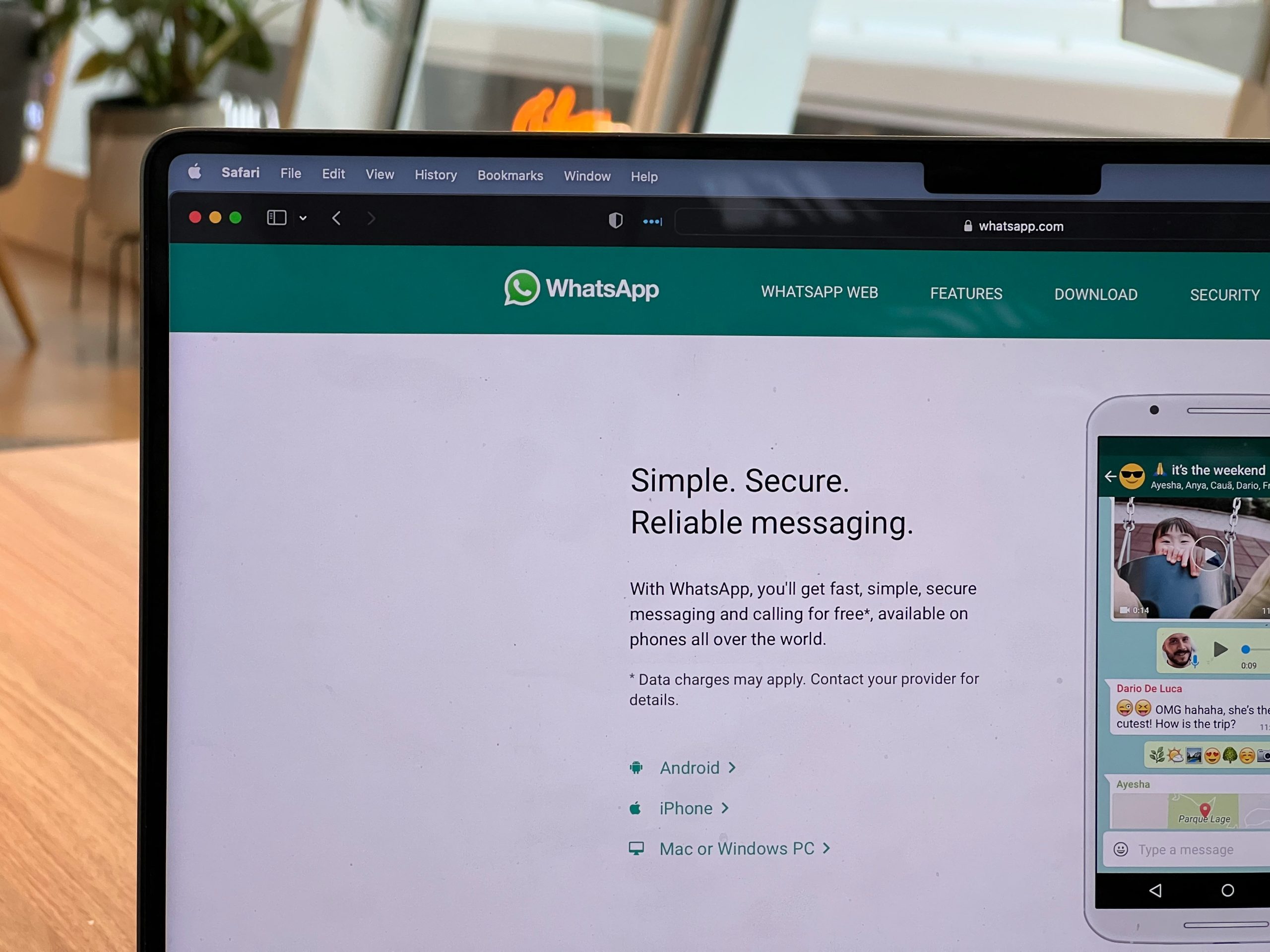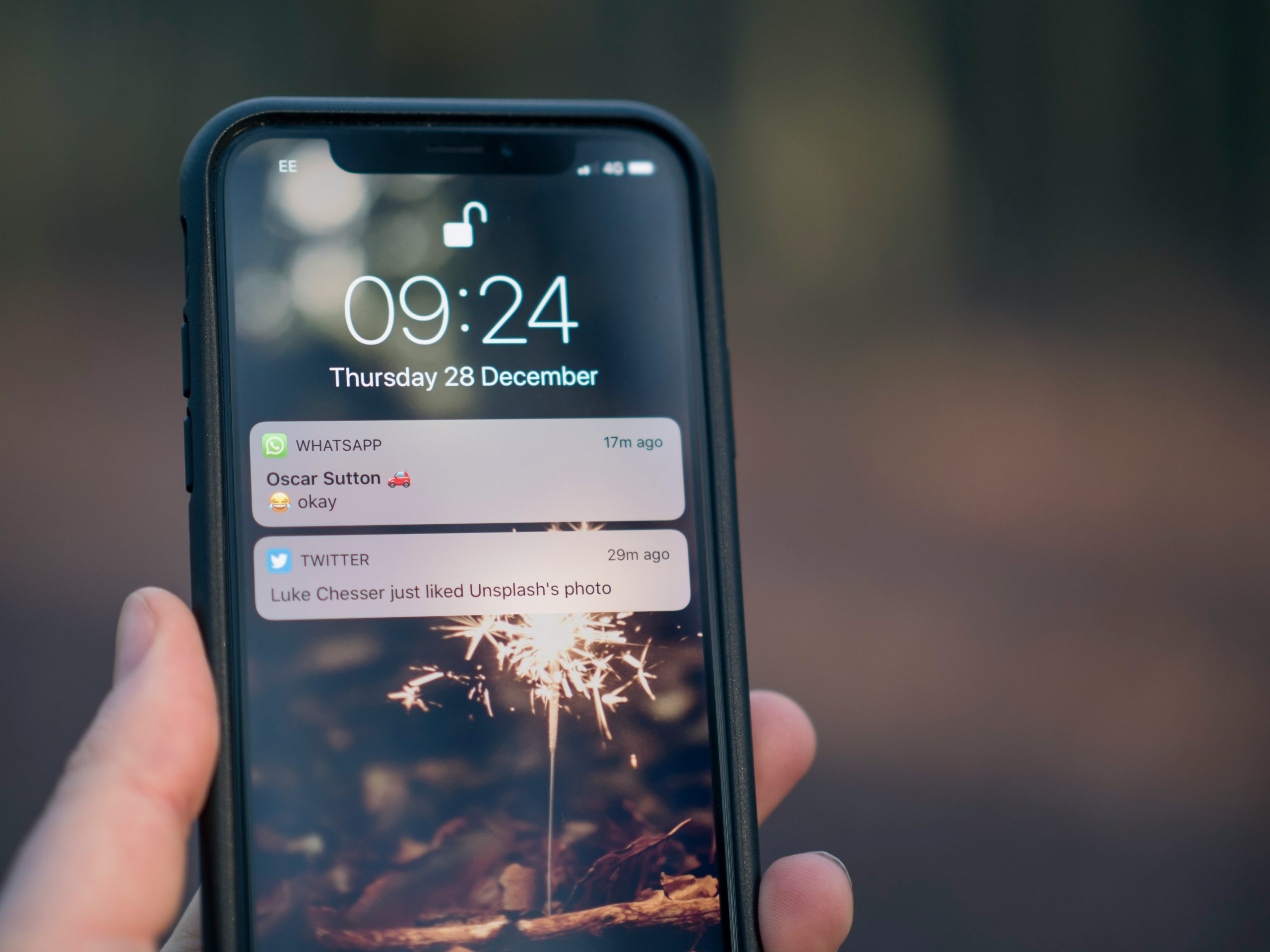In an age where digital communication reigns supreme, the allure of instant messaging apps like WhatsApp has transformed how we connect with one another. Yet, lurking beneath the surface of our casual conversations lies a subtle tension: can you really tell if someone is peering at your chat? As we share snippets of our lives through texts and emojis, the question becomes more than just a curiosity; it taps into our innate desire for privacy and control in an ever-connected world.
Imagine sending a heartfelt message or sharing exciting news only to wonder if your recipient is truly focused on your words or distracted by the flurry of notifications surrounding them. With features designed to enhance interaction—like read receipts and typing indicators—the lines between engagement and evasion become blurred. In this article, we’ll explore the nuances of WhatsApp’s design, dissecting what these tools reveal about our social dynamics and whether they truly allow us to gauge who’s paying attention. Join us as we navigate this digital labyrinth to uncover the truth behind those three little dots that often leave us guessing.
Contents of Post
Understanding Read Receipts
Read receipts are increasingly becoming a focal point in modern digital communication, especially on platforms like WhatsApp. When you send a message, the second gray check mark morphs into blue when your recipient has viewed it, adding an extra layer of transparency to conversations. However, this feature also comes laden with emotional implications—think about the moments of anxiety that arise while waiting for those blue checks to appear. Did they see it? Are they ignoring me? The psychological weight behind read receipts can ignite feelings of urgency or insecurity.
Diving deeper, one must consider cultural context as well. In some societies, leaving a message unread might be interpreted as rudeness, while in others, it’s simply part of maintaining boundaries in communication. This notion challenges us to reflect on our own expectations and how they shape our interactions with others online. Moreover, not everyone welcomes read receipts; some users turn them off to reclaim their privacy and assert control over their messaging habits. This decision often sparks discussions about trust and self-assertion in relationships—an ongoing dance between connection and autonomy in an era where technology is redefining intimacy from distance.

Last Seen Status Explained
The Last Seen status on WhatsApp serves as a double-edged sword, igniting curiosity and sometimes leading to misunderstandings. While this feature shows when a user was last active, it also raises questions about privacy and social dynamics. Many users have opted to disable their Last Seen status to regain control over their online presence, creating an intriguing atmosphere where one can never be quite sure if a friend is choosing not to respond or simply isn’t available.
Moreover, the implications of Last Seen go beyond mere idle curiosity; they can foster feelings of anxiety or disappointment when someone sees your message yet doesn’t engage right away. Imagine waiting for that instant reply after seeing that someone was last online just moments ago—it’s a rollercoaster of emotions that many have come to navigate in digital communications. Understanding the nuances around this feature can elevate our conversations from baseless assumptions into deeper discussions about boundaries and expectations in our connected lives.
Online Status Visibility
Online status visibility plays a crucial role in how we navigate communication platforms like WhatsApp. For many users, the little green dot indicating someone’s online presence can spark a whirlwind of emotions and assumptions. It often leads to speculation: Did they see my message? or Why aren’t they replying when they’re obviously active? This digital transparency creates an intriguing dynamic—while it fosters connection, it also heightens tension by exposing one’s availability.
Moreover, the settings surrounding online status have become a double-edged sword. Users have the option to disable their visibility, which can lead to misunderstandings; friends may feel snubbed if they see someone active yet unresponsive. This raises questions about trust and expectation in our virtual interactions: Should you reveal your activity, or do privacy preferences take precedence? The subtle art of balance is essential—engaging with others without surrendering all personal boundaries transforms the way we approach friendships in a digital age, inviting deeper conversations about how transparency influences our relationships both online and offline.
![]()
Group Chats and Read Receipts
Group chats on WhatsApp have transformed the way we communicate, allowing real-time interaction among friends, family, and colleagues. However, the introduction of read receipts can add a layer of complexity to these conversations. Imagine this: a lively discussion is unfolding in your group chat and suddenly someone hasn’t acknowledged your message. Does that mean they’re ignoring you or just busy? In this digital landscape, where miscommunication reigns supreme, it’s crucial to remember that read receipts are not an absolute measure of engagement—people lead busy lives and may simply not be able to respond immediately.
Moreover, the dynamics become even more intriguing when considering different groups. In a work-related group chat, for instance, lack of response might stem from prioritizing tasks over casual banter. Conversely, in a group of close friends, it could lead to lighthearted teasing if one member has left them hanging on an inside joke. Understanding these nuances encourages us to adopt a more forgiving mindset—it’s worthwhile to focus less on who’s seen what and appreciate the moments when everyone does engage fully in conversation. Ultimately, navigating group chats means balancing expectations with empathy; after all, behind every profile picture is an individual with their own distractions and realities waiting for acknowledgment beyond mere “seen” ticks.
Disabling Read Receipts
Disabling read receipts on WhatsApp can be a double-edged sword, especially in the context of modern digital communication. When you turn off this feature, it places power back into your hands, allowing you to engage in conversations without the pressure of immediate response expectations. However, it’s important to acknowledge that this choice also alters the dynamics of trust and accountability within chats; your contacts won’t know if you’ve seen their messages or not. This can lead to interpretations ranging from indifference to mystery—both of which can affect relationships in subtle yet significant ways.
Moreover, many users may find themselves caught in an unspoken agreement with their friends or family about the etiquette surrounding read receipts. By disabling them, you’re taking a stance that promotes a more laid-back approach to conversations and encourages others to act similarly. On the flip side, some might leverage this option as a way to intentionally distance themselves from ongoing discussions or bypass social obligations. Ultimately, understanding how disabling read receipts shapes interactions is crucial; it inspires both autonomy and ambiguity as we navigate our connections in an increasingly connected world.

Third-party Apps and Privacy Concerns
As the popularity of messaging applications like WhatsApp skyrockets, so does the interest in third-party apps that promise enhanced functionalities. However, these apps often come with hidden privacy risks that can put your information at risk. Many users assume that by merely downloading such an app, they are safe from prying eyes; yet, unknown to them, these applications may harvest data, including contacts and message histories. In a world where personal data is frequently weaponized for advertisements or even identity theft, it’s vital to question how much trust you place in third-party developers.
Moreover, even legitimate-seeming apps may inadvertently expose you to vulnerabilities through lax security protocols or outdated software practices. For instance, an app designed to track when your friend last viewed your status could also be logging and storing conversations without your knowledge. This lack of transparency raises critical questions about user consent—how many people genuinely understand what they agree to when they click “Accept” on lengthy terms and conditions? In this digital age where our conversations can become fodder for commercial gain or manipulation, staying informed and cautious about third-party services is not just a choice but a necessity for safeguarding one’s privacy.
Conclusion
In the realm of digital communication, the desire for privacy and awareness has become paramount. While WhatsApp offers features like read receipts and last seen indicators, many users may still wonder about the nuances of visibility in their chats. The reality is that technology both connects us and complicates our interactions; as we navigate these waters, it’s essential to strike a balance between vigilance and trust.
As you ponder whether someone can view your chat without your knowledge, it’s worth considering the broader implications of surveillance in our online lives. Trust is a cornerstone of any relationship—whether personal or professional—and fostering open communication often trumps anxiety over digital read-tracking practices. Engaging with others through WhatsApp should ideally be grounded in sincerity rather than suspicion; after all, nurturing connections enriches our experiences far more than obsessing over who might be peering into our conversations.
Ultimately, while technological tools can provide glimpses into interaction patterns, they can’t fully dictate the dynamics at play between individuals. Embracing an approach where transparency reigns—where you feel comfortable sharing your thoughts openly—is key to maintaining real relationships in this hyper-connected world. So next time you find yourself fixating on the app’s metrics or speculating about another’s attentiveness on text threads, remember that genuine engagement often lies beyond what any algorithm can reveal.

